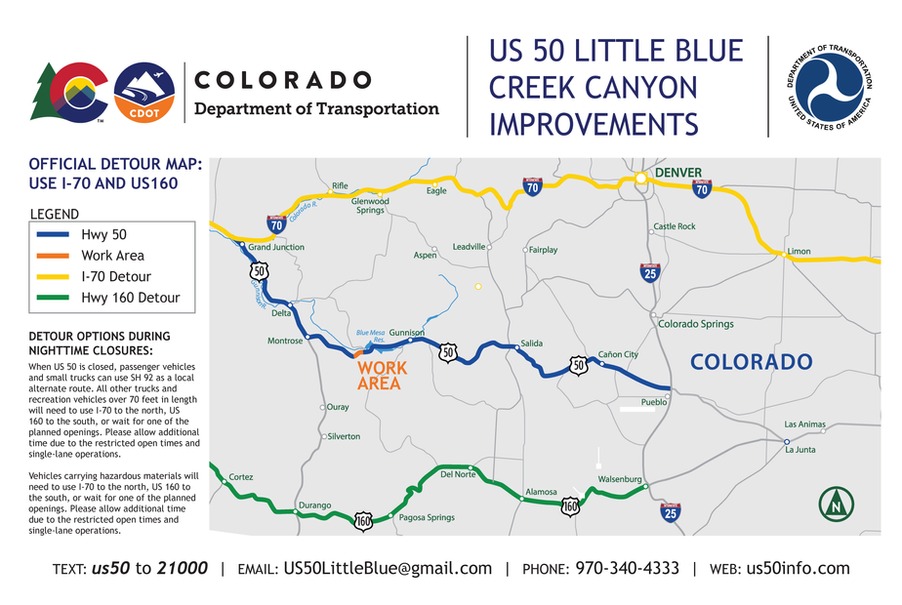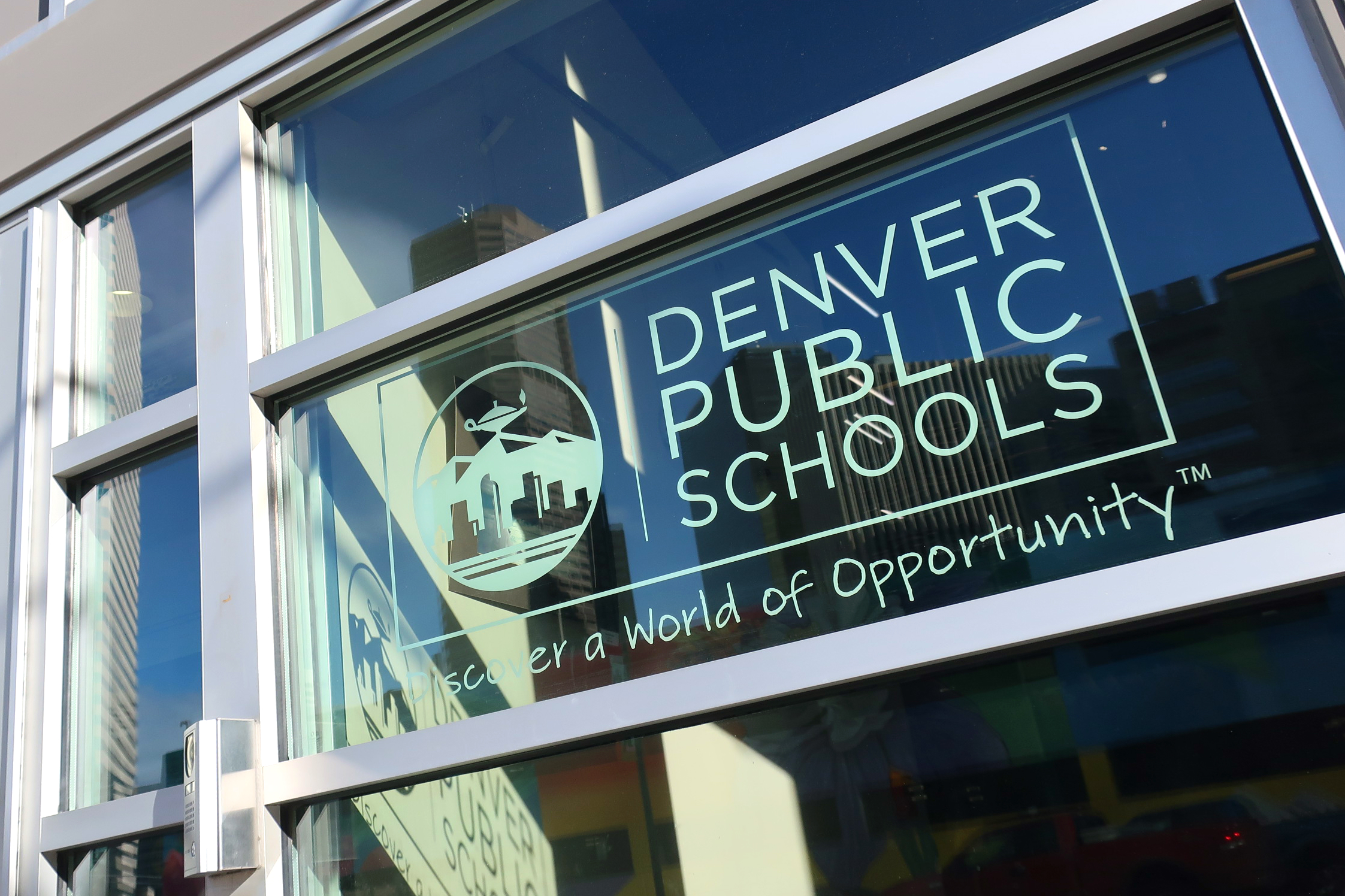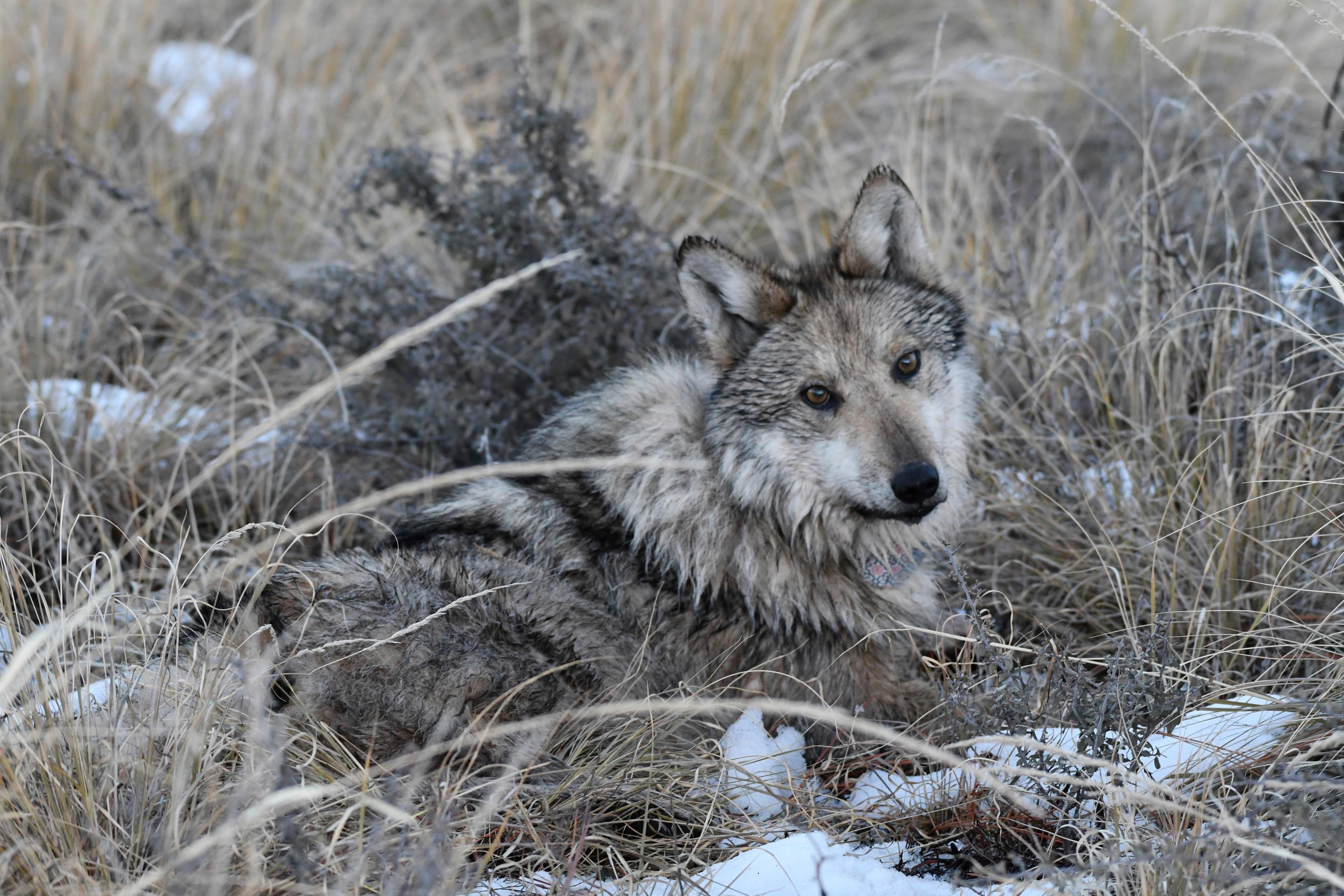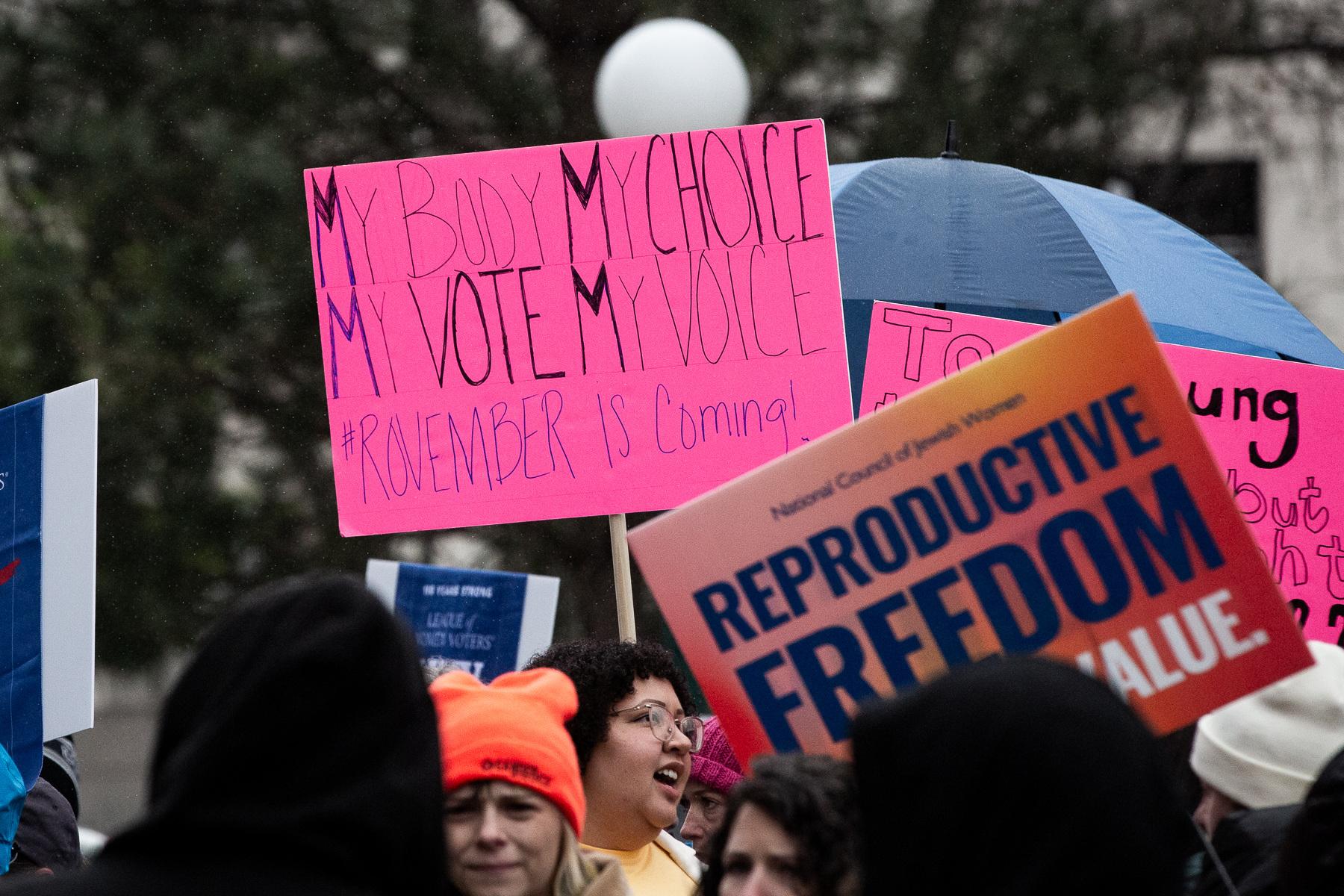
Southern Colorado's remote San Luis Valley could soon lose commercial airline service.
The Federal Aviation Administration sent the San Luis Valley Regional Airport, just outside of Alamosa, a letter last week indicating their intent to terminate Essential Air Service for the area.
The EAS program was started after the federal government deregulated the airline industry in the late 1970s. It subsidizes flights to smaller markets that airlines would otherwise not serve.
But the FAA says too few passengers are using the service to warrant continuing Alamosa's subsidy.
The FAA's letter shows Great Lakes received a subsidy of $1.6 million in the 12 months ending last September to provide service to Alamosa. The FAA says 6,119 passengers used the service in that time period, equating to a subsidy of $268 per passenger.
The FAA has a $200 "subsidy cap" for communities located fewer than 210 miles to the nearest hub airport of at least medium size -- Albuquerque is 198 miles away.
Airport manager Francis Song said the airport is working on a letter of objection in an effort to keep its subsidy. Without that, he said, it would be "extremely difficult" to keep service.
"It's extremely important," he said. "We don't have a lot of methods of public ... transportation in or out of the valley."
Song said Great Lakes Airlines offers four flights on weekdays, two on Saturdays and three on Sundays from Alamosa to Denver. There are occasional flights to Farmington, N.M. as well.
But because of the number of passengers has slipped and a new FAA pilot certification rule, Song said Great Lakes often cancels flights and has reduced the size of its aircraft to just a nine-passenger plane.
Still, he said, the service is vital to the impoverished area.
"If it gets cut, it's going to be a severe detriment to our valley's capabilities to attract and maintain businesses in the area," Song said.
Pueblo also is part of the EAS program and also exceeded the $200 subsidy cap. But they received a reprieve because of a lapse in service last year.









